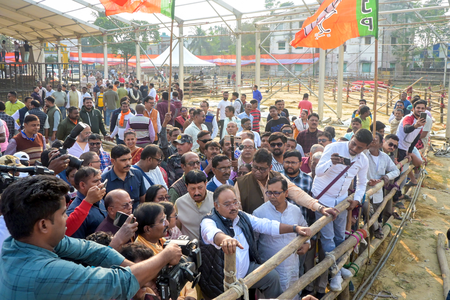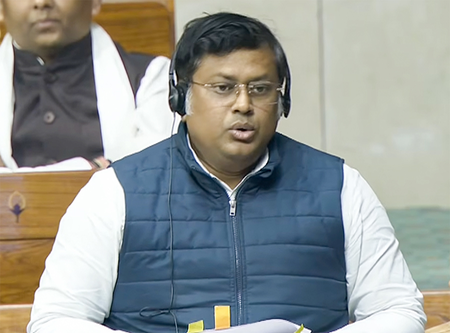
New Delhi, Oct 11 (IANS) Underscoring the girl child’s right to be born, Supreme Court’s lone woman judge, Justice B.V. Nagarathna, on Saturday, expressed concern over reports on the worsening sex ratios caused by foeticide in some states.
Speaking on the opening day of the Supreme Court Juvenile Justice Committee’s two-day national consultation on safeguarding the girl child, Justice Nagarathna pointed to only a marginal improvement in the child sex ratio over the past decade or so – from 914 girls to 1,000 boys in 2011 to 929 girls per 1,000 boys in the National Family Health Survey-5 (2019-2021).
She said young girls in the country will become equal citizens only when they do not face gender-specific barriers, enjoy the same resources as boys and manage to aspire and achieve like boys.
Talking about the rights of a girl child, Justice “She should not merely survive but actively thrive,” she said.
On the “right to be born,” she expressed concern that the first barrier faced by a girl child in India is being born at all.
Justice Nagarathna referred to the 2011 Census and the National Family Health Survey-5. She noted that the Child Sex Ratio (0-6 years) had improved only marginally from 914 girls per 1,000 boys to 929.
She also referred to reports of worsening sex ratios in some States due to female infanticide and foeticide, while others had seen improvement.
The consultation on “Safeguarding the Girl Child: Towards a Safer and Enabling Environment for Her in India” was organised by the Supreme Court’s JJC in collaboration with UNICEF India.
Justice Nagarathna cautioned against retraumatising child victims of crimes and favoured trauma-informed and child-sensitive procedures in our courts and police stations.
As the SCJJC Chairperson, Justice Nagarathna highlighted the need to pay attention to the nourishment of the girl child.
Justice Nagarathna said access to quality nourishment is critical for the girl child’s growth and development. She referred to NFHS-5 data showing that 59 per cent of girls aged 15-19 were anaemic.
–IANS
rch/dan




